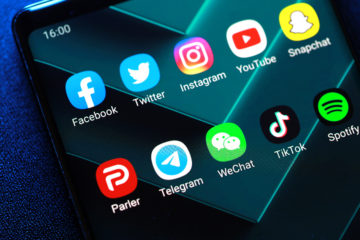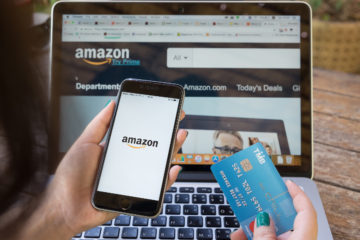The recent Congressional hearing on drug prices, patents, and the pharmaceutical industry has ignited a fervent debate. Unfortunately, much of the discourse has been overshadowed by misunderstandings and misinformation. A nuanced comprehension of the patent system and its pivotal role in drug innovation is essential for fostering informed discussions and enacting meaningful reforms. Charles Sauer has penned a new article in Real Clear Health, offering insights on how Congress should approach the issue of drug pricing.
He writes:
“There was a Congressional hearing last week regarding drug prices, patents, and the pharmaceutical industry. These are all things that are important for Congress to discuss, but the hearing was disappointing in both its level of understanding of these complex issues, as well as its failure to identify the problems that need to be fixed.
Perhaps every member should drive across the river and take a tour of the US Patent and Trademark Office and learn about patents before having a hearing on them. The most basic fact about parents is that they have a limited lifespan. However, listening to the talking points and messaging of the hearing, almost nobody in the Senate seems to understand even this simple principle.
The goal of patents is to give inventors the incentives they need to invest their time and money into an idea. Sometimes those ideas aren’t worth anything and sometimes they are revolutionary, but at the end of the day the patent is what gives the inventor the assurance they need that they will have a fair chance to profit from their gamble.
During the hearing, the Committee frequently used the term “Evergreening” as a talking point aimed at the pharmaceutical industry. The idea is that pharmaceutical companies continuously iterate a drug to keep it under patent protection. It would be bad if this were happening, but this just isn’t how the patent system works. To receive a patent the idea must be novel, useful, and non-obvious; it also must be described in a way that allows someone else to reproduce the invention. That is the tradeoff. The inventor gets the property right to the idea for a limited time, but they must provide the necessary information to replicate the idea once their protection has ended.
In the case of drug companies, they do the research, get the patents, do the studies, and then roll the drug out. If they figure out a way to make the drug better – less nausea, less bloating, or less diarrhea – they make the changes and then patent those changes.
But, and this is the problem with the hearing, the second patent doesn’t change the fact that the first patent is still time-limited. This is the same for the medical devices used to administer the drugs.
The problem with this misleading conversation is that it changes the dialogue from a discussion of the benefits of patents to one based on factually inaccurate downsides. If patents were taken out of the system – or degraded to the point where they no longer mean anything – then we would have fewer new drugs, less innovations, and society would be worse off in the future.
Instead of promoting a false narrative around Evergreening, the conversation in the hearing could have focused on the question of why entrepreneurs entering the drug space have prices that are so much lower? Why can Mark Cuban sell drugs at a fraction of the price offered by CVS? The problem is that the answer to these questions is not what the politicians want to hear. Public policies and regulations have made it so that patients are not directly paying for drugs, with insurers and government programs instead functioning as middlemen. This results in distortions in the market for healthcare that we don’t see in other markets.
Cuban isn’t the only one undercutting pharmacies, and doesn’t even have the lowest prices. Josh Umbehr’s Atlas MD beats Cuban on price and selection. While Josh’s operation might be smaller than Cuban’s they both have the same idea – get government out of the way, avoid the broken market that government has created, and innovate.”


